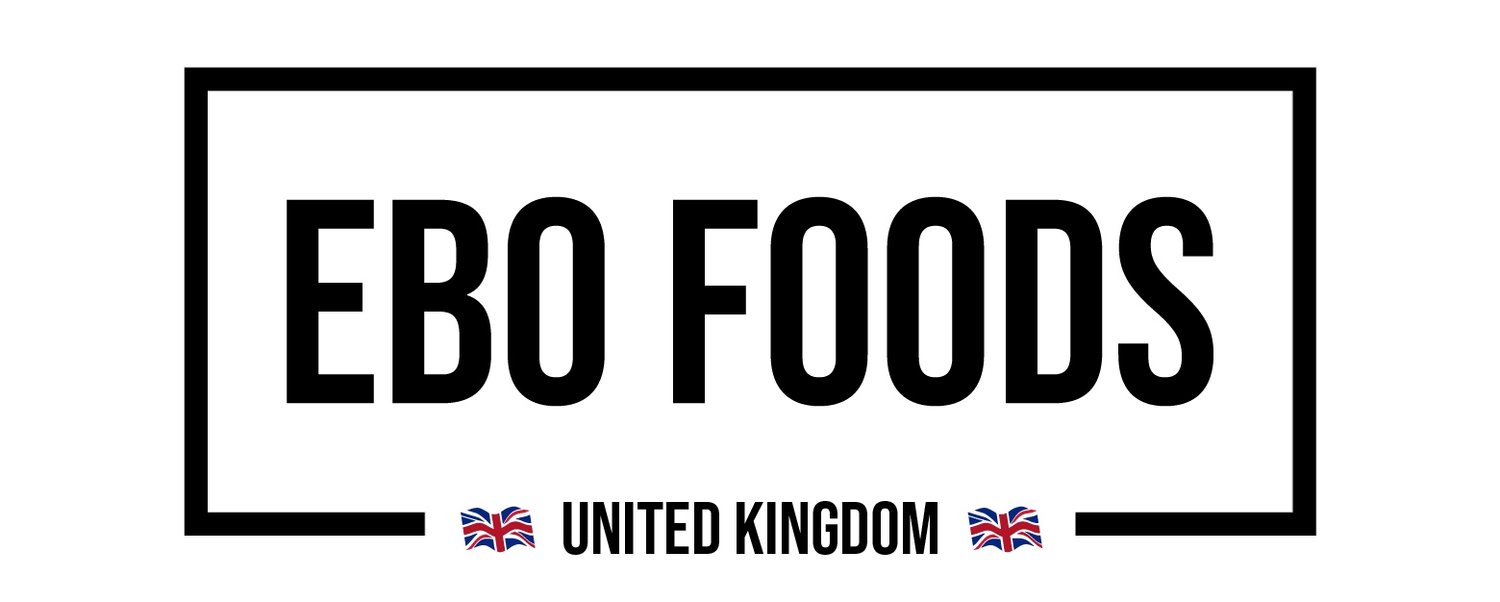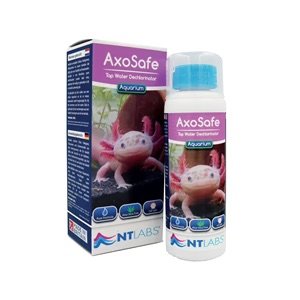 Image 1 of
Image 1 of


Hardness Test
What is KH?
KH, also known as “total alkalinity” or “carbonate hardness”, is a measure of the buffering capacity of the water in your aquarium. The buffering capacity refers to how well it can resist changes in pH.
What is GH?
General Hardness is a measure of the total amount of minerals dissolved in the water. Water hardness lies on a spectrum between ‘soft water’ or ‘hard water’ depending on the amount of dissolved minerals: the more minerals present, the greater the hardness. Hard water is responsible for the build-up of limescale.
What is the correct KH level?
This test kit measures KH in dKH (where one dKH = 17.8 ppm as CaCO3). It is essential to maintain a minimum KH level of at least 4 dKH at all times. A KH of between 6 and 8 dKH is more desirable.
How to use?
Ensure the test tube is clean.
Take a 5 ml sample of water into the test tube.
Take the KH reagent and add one drop, mix and the water sample should turn pale blue.
Keep adding drops, one by one (remember to count the drops), mixing between drops, until the blue colour turns to yellow. The number of drops, including the first drop, needed to bring about the colour change is equal to the KH value in dKH. Should the first drop of reagent turn the sample yellow then the KH value is below 1 dKH – this is extremely dangerous for fish.
What is KH?
KH, also known as “total alkalinity” or “carbonate hardness”, is a measure of the buffering capacity of the water in your aquarium. The buffering capacity refers to how well it can resist changes in pH.
What is GH?
General Hardness is a measure of the total amount of minerals dissolved in the water. Water hardness lies on a spectrum between ‘soft water’ or ‘hard water’ depending on the amount of dissolved minerals: the more minerals present, the greater the hardness. Hard water is responsible for the build-up of limescale.
What is the correct KH level?
This test kit measures KH in dKH (where one dKH = 17.8 ppm as CaCO3). It is essential to maintain a minimum KH level of at least 4 dKH at all times. A KH of between 6 and 8 dKH is more desirable.
How to use?
Ensure the test tube is clean.
Take a 5 ml sample of water into the test tube.
Take the KH reagent and add one drop, mix and the water sample should turn pale blue.
Keep adding drops, one by one (remember to count the drops), mixing between drops, until the blue colour turns to yellow. The number of drops, including the first drop, needed to bring about the colour change is equal to the KH value in dKH. Should the first drop of reagent turn the sample yellow then the KH value is below 1 dKH – this is extremely dangerous for fish.
What is KH?
KH, also known as “total alkalinity” or “carbonate hardness”, is a measure of the buffering capacity of the water in your aquarium. The buffering capacity refers to how well it can resist changes in pH.
What is GH?
General Hardness is a measure of the total amount of minerals dissolved in the water. Water hardness lies on a spectrum between ‘soft water’ or ‘hard water’ depending on the amount of dissolved minerals: the more minerals present, the greater the hardness. Hard water is responsible for the build-up of limescale.
What is the correct KH level?
This test kit measures KH in dKH (where one dKH = 17.8 ppm as CaCO3). It is essential to maintain a minimum KH level of at least 4 dKH at all times. A KH of between 6 and 8 dKH is more desirable.
How to use?
Ensure the test tube is clean.
Take a 5 ml sample of water into the test tube.
Take the KH reagent and add one drop, mix and the water sample should turn pale blue.
Keep adding drops, one by one (remember to count the drops), mixing between drops, until the blue colour turns to yellow. The number of drops, including the first drop, needed to bring about the colour change is equal to the KH value in dKH. Should the first drop of reagent turn the sample yellow then the KH value is below 1 dKH – this is extremely dangerous for fish.






